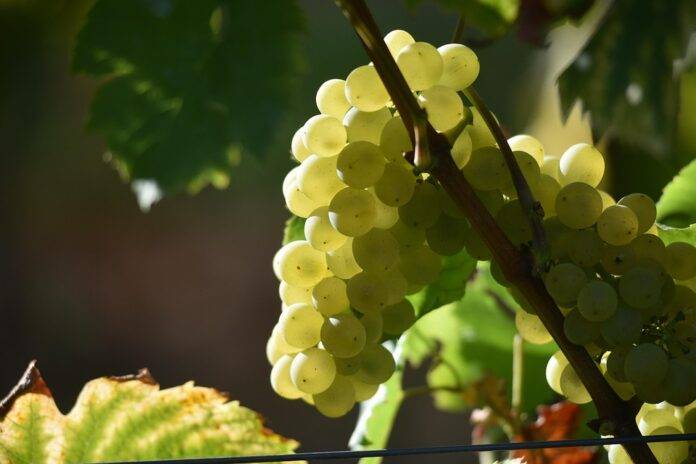The Difference Between Dry and Sweet Riesling Styles
Riesling is a versatile and popular grape variety known for producing a wide range of wine styles. One of the key distinctions among Riesling wines is the level of sweetness, which can range from bone-dry to lusciously sweet. In this report, we will explore the differences between dry and sweet Riesling styles, including their characteristics, production methods, and popular examples.
Characteristics of Dry Riesling
Dry Riesling is characterized by its crisp acidity, minerality, and citrus flavors. These wines are typically fermented until all the sugar in the grape juice is converted into alcohol, resulting in a wine that is refreshing and food-friendly. Dry Rieslings often exhibit floral aromas, such as jasmine and honeysuckle, along with notes of green apple, lime, and peach. They are known for their ability to age gracefully, developing complex flavors and aromas over time.
Production Methods for Dry Riesling
The production of dry Riesling involves carefully managing the fermentation process to ensure that all the sugar is converted into alcohol. This can be achieved by controlling the temperature of the fermentation, using specific yeast strains, and monitoring the sugar levels in the grape juice. Once the fermentation is complete, the wine is aged in stainless steel tanks or neutral oak barrels to preserve its fresh and vibrant character.
Popular Examples of Dry Riesling
Some of the most well-known regions for producing dry Riesling include Germany, Alsace in France, and the Finger Lakes region in New York. German dry Rieslings, known as “Trocken” wines, are labeled with the term “Trocken” on the bottle to indicate their dryness. Alsace Rieslings are known for their rich texture and complex flavors, while Finger Lakes Rieslings often exhibit bright acidity and minerality. Some popular examples of dry Riesling producers include Dr. Loosen, Trimbach, and Hermann J. Wiemer.
Characteristics of Sweet Riesling
Sweet Riesling is characterized by its luscious sweetness, balanced by high acidity and vibrant fruit flavors. These wines can range from off-dry (slightly sweet) to dessert-style (very sweet), depending on the amount of residual sugar left in the wine after fermentation. Sweet Rieslings often exhibit aromas of ripe stone fruits, tropical fruits, and honey, with a rich and velvety mouthfeel.
Production Methods for Sweet Riesling
The production of sweet Riesling involves stopping the fermentation process before all the sugar in the grape juice is converted into alcohol. This can be achieved by chilling the wine to halt fermentation, adding sulfur dioxide to kill off the yeast, or fortifying the wine with grape spirit. The amount of residual sugar left in the wine determines its sweetness level, with dessert-style Rieslings having the highest sugar content.
Popular Examples of Sweet Riesling
Some of the most renowned regions for producing sweet Riesling include the Mosel region in Germany, the Rheingau, and the Alsace Grand Cru vineyards. German sweet Rieslings, known as “Prädikatswein,” are classified based on their sugar levels, ranging from Kabinett (off-dry) to Trockenbeerenauslese (dessert-style). Alsace Grand Cru Rieslings are known for their concentration and complexity, while Mosel Rieslings often exhibit a delicate balance of sweetness and acidity. Popular examples of sweet Riesling producers include Egon Müller, Zind-Humbrecht, and Joh. Jos. Prüm.
In conclusion, the difference between dry and sweet Riesling styles lies in their sweetness levels, acidity, and flavor profiles. Dry Rieslings are crisp, refreshing, and food-friendly, while sweet Rieslings are lusciously sweet, with vibrant fruit flavors and a rich mouthfeel. Whether you prefer a bone-dry Riesling with seafood or a sweet Riesling with dessert, there is a style of Riesling to suit every palate.




